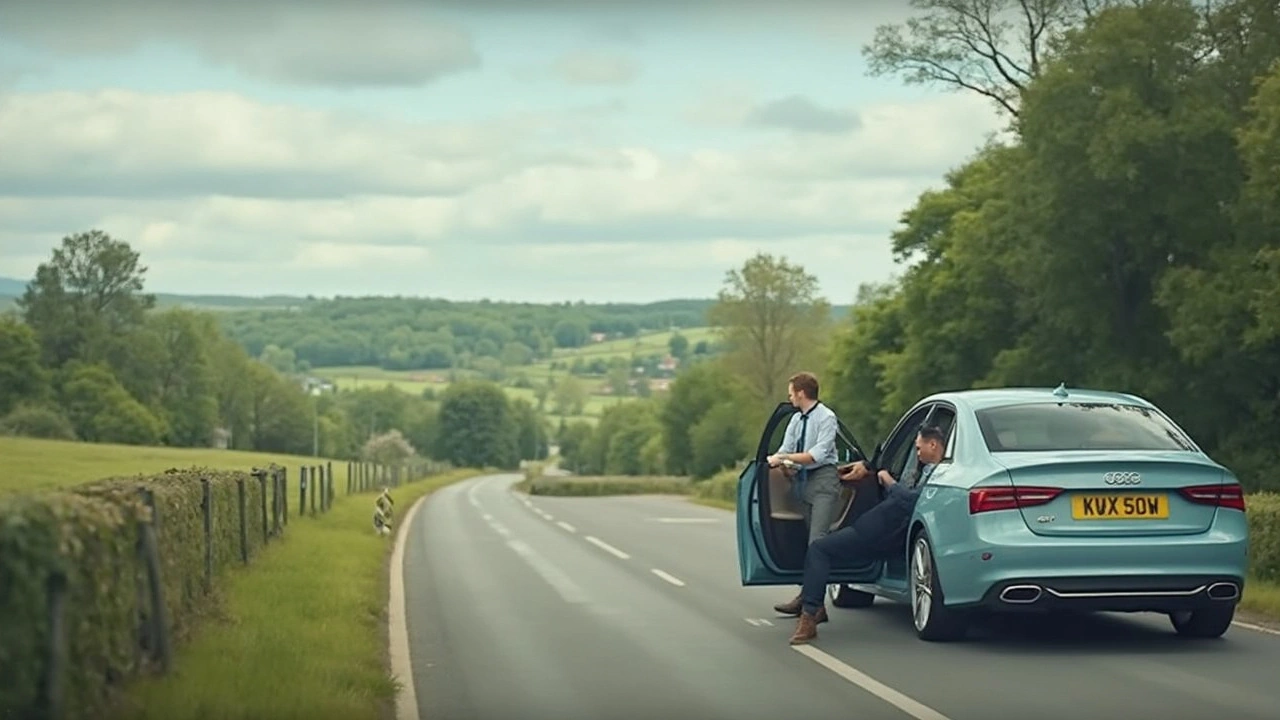Shifting Gears Made Simple: Practical Tips for Safer Driving
Whether you’re behind a small car or a big HGV, changing gears feels like a small act that can have a big impact on safety and fuel use. If you’re still nervous about the clutch or wonder why your rides feel jerky, you’re not alone. Below are easy‑to‑follow steps that will help you shift smoothly, stay in control, and save a few pounds on fuel each month.
Know When to Change – the Right RPM Range
The engine’s revs (RPM) are the first cue. In most manual trucks, shifting between 1,200 and 1,500 RPM gives a gentle power surge without over‑revving. For cars, aim for 2,000‑2,500 RPM for a calm up‑shift. Look at the tachometer – when the needle hits the sweet spot, press the clutch, move the stick, and release the clutch smoothly. This timing prevents jerks and reduces wear on the gearbox.
Master the Three‑Step Shift
Even though it sounds technical, the shift boils down to three clear actions: press, move, release.
- Press the clutch: Fully down to the floor. This disconnects the engine from the wheels.
- Move the gear‑stick: Straight through the pattern. For HGVs, the shift pattern often adds a second row for extra gears – follow the diagram on your dash.
- Release the clutch gently: Do it while adding a little gas. The smoother the release, the less the car lurches.
Practice these steps on a quiet street. Start in first gear, accelerate to the right RPM, then shift to second. Notice the difference when you release the clutch quickly versus slowly. The smoother the motion, the less strain on the drivetrain.
For heavy vehicles, remember to match engine speed with road speed before you shift. This “rev‑matching” technique means you give a tiny gas boost while the clutch is still in, then let the clutch out. It feels like a tiny hiccup, but it keeps the truck from grinding and saves fuel.
Another handy tip is to keep your hand on the gear‑stick during the entire shift. It reduces the time you spend without a firm grip, especially useful when you’re navigating a tight lane or a hill.
Finally, stay relaxed. Tension in your arms makes clutch movements jerky. Take a deep breath, focus on the RPM, and let your foot do the work. Over time, the motion becomes second nature, and you’ll notice a smoother ride and lower fuel consumption.
In short, shifting gears isn’t magic – it’s about timing, smoothness, and a little practice. Follow the RPM guide, stick to the three‑step method, and add rev‑matching when needed. Your vehicle will thank you with less wear, better fuel economy, and a calmer driving experience.
- February 9 2025
- 0 Comments
- Rowan Cavendish
Can You Shift from D to 1 While Driving?
Curious if you should shift from 'D' to '1' while driving? This article explores the ins and outs of switching gears in an automatic car, the potential reasons why you might want to do this, and the precautions you should take. Discover when it's safe, what to avoid, and how these actions can impact your driving. You'll also find handy tips to keep your car running smoothly. Stay informed and make better decisions behind the wheel.
- Driving Lessons (41)
- Driving Test Tips (33)
- HGV Training (31)
- Driving Test Booking (27)
- Driving Licence Renewal (24)
- Driving Theory Test (21)
- Intensive Driving Course (16)
- Pass Plus Course (15)
- Driving Tips (15)
- Driver Licensing (14)
Categories
- January 2026 (4)
- December 2025 (15)
- November 2025 (13)
- October 2025 (21)
- September 2025 (5)
- August 2025 (8)
- July 2025 (30)
- June 2025 (30)
- May 2025 (30)
- April 2025 (31)
- March 2025 (30)
- February 2025 (28)
Archives
- driving lessons
- driving test
- driving tips
- intensive driving course
- driving test tips
- HGV training
- learn to drive
- driving theory test
- driver training
- driving test booking
- pass driving test
- HGV driving
- road safety
- driving license renewal
- Virginia driving test
- learner drivers
- safe driving
- Virginia driver's license
- driving license
- learning to drive

